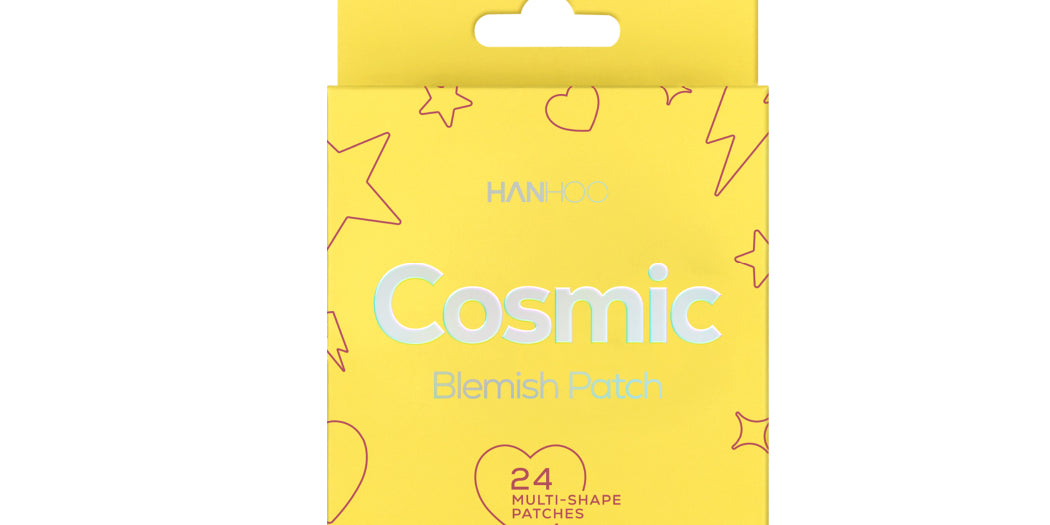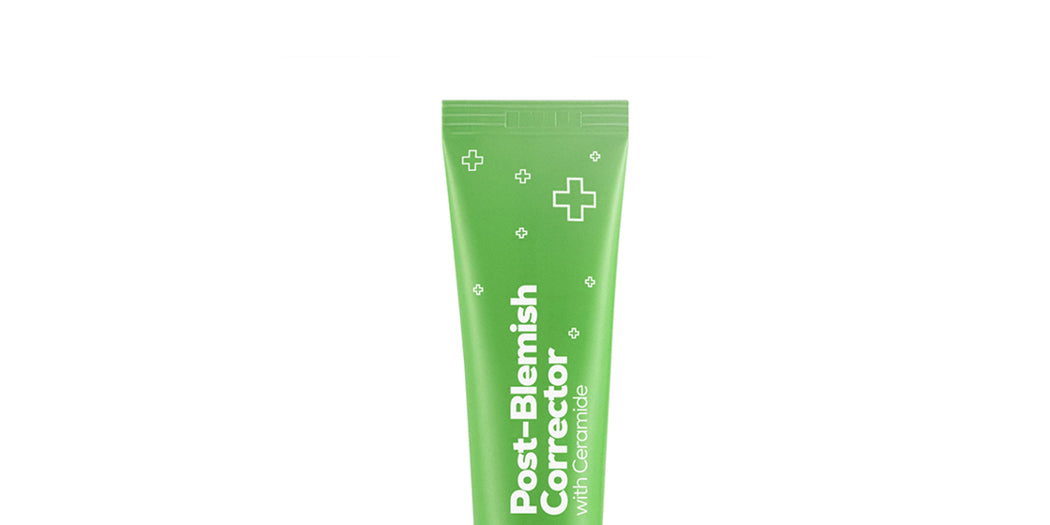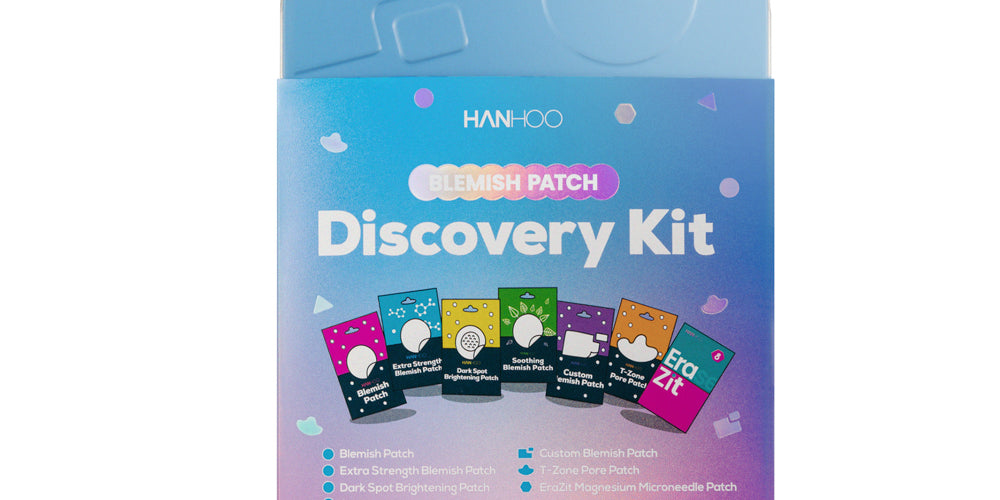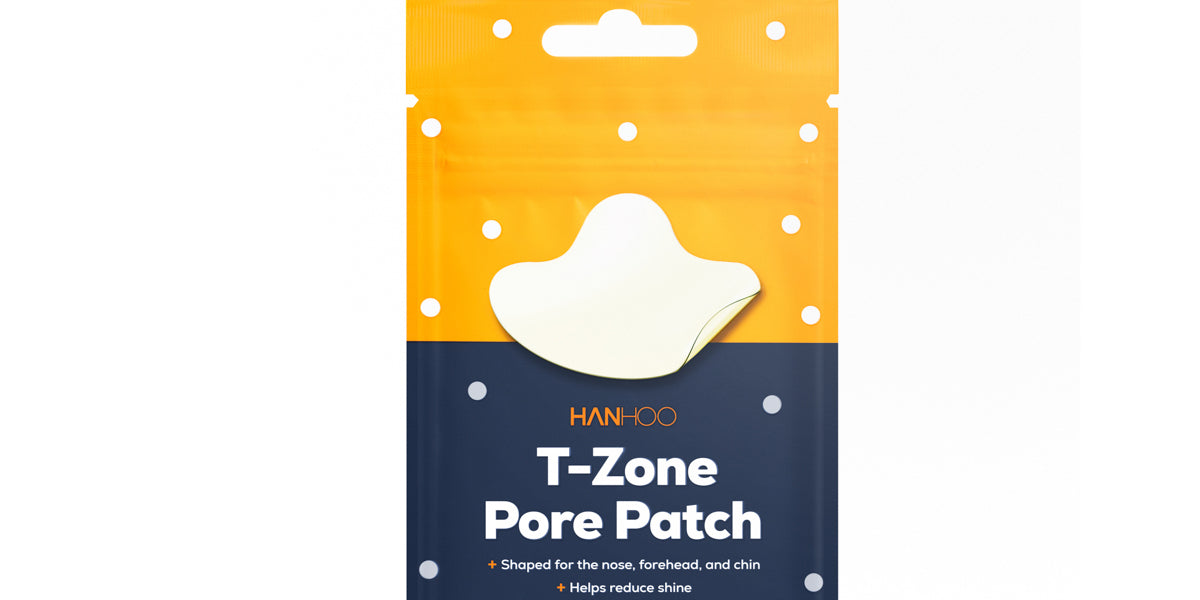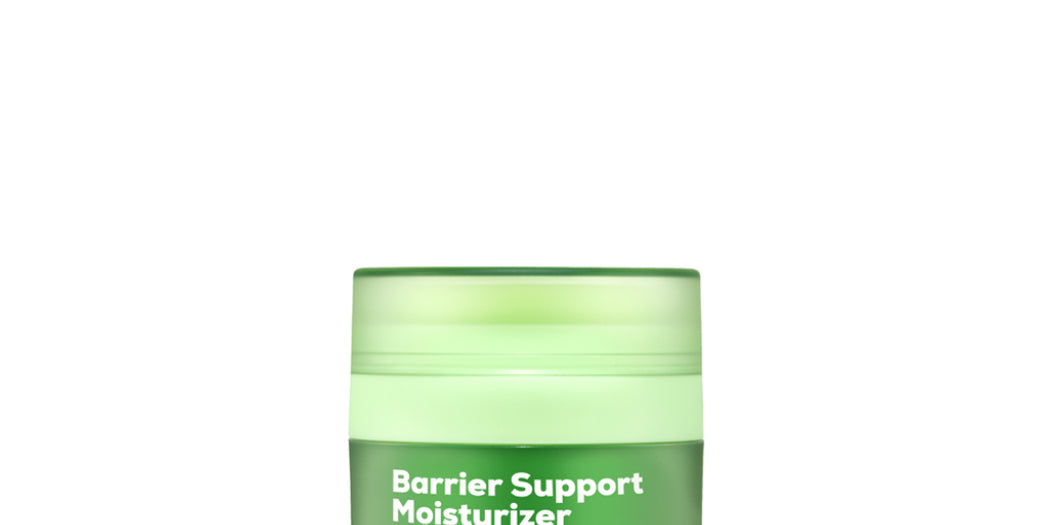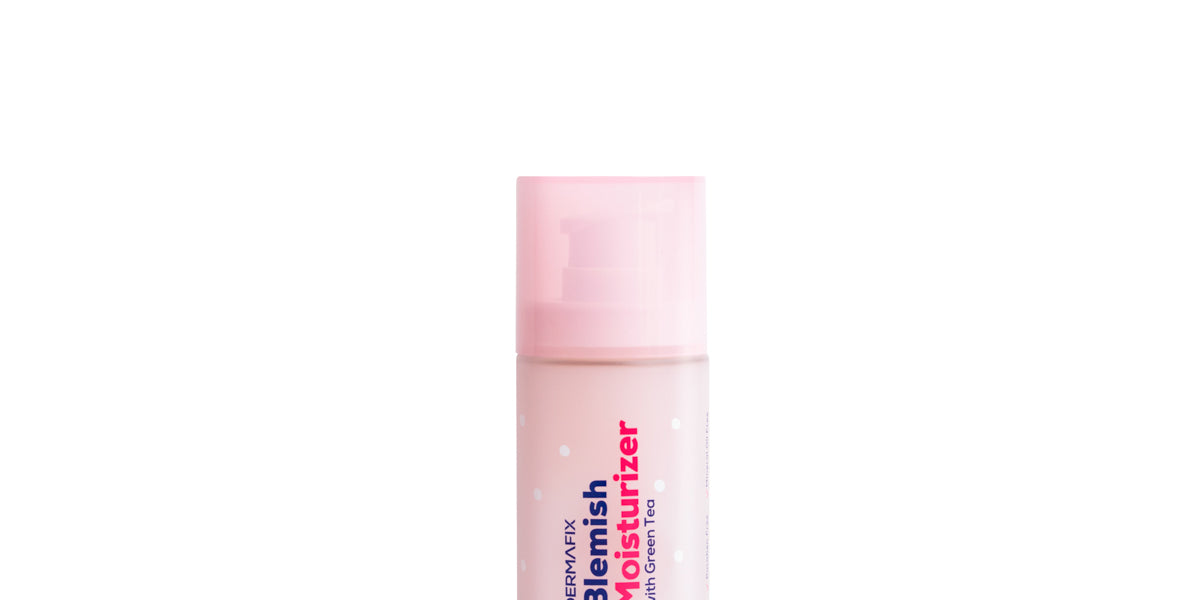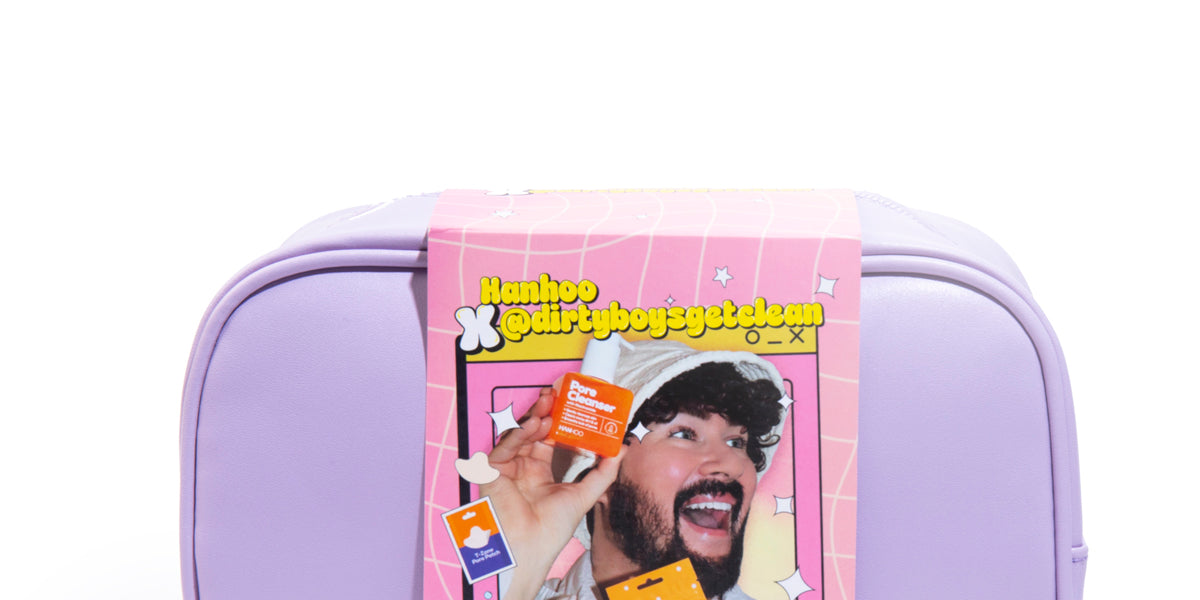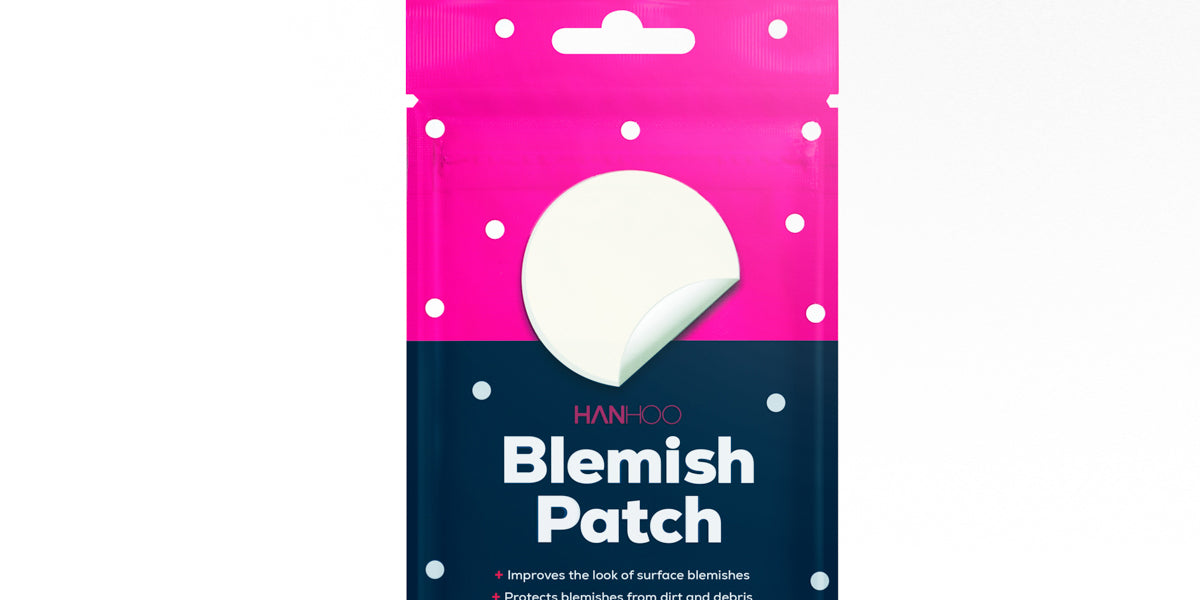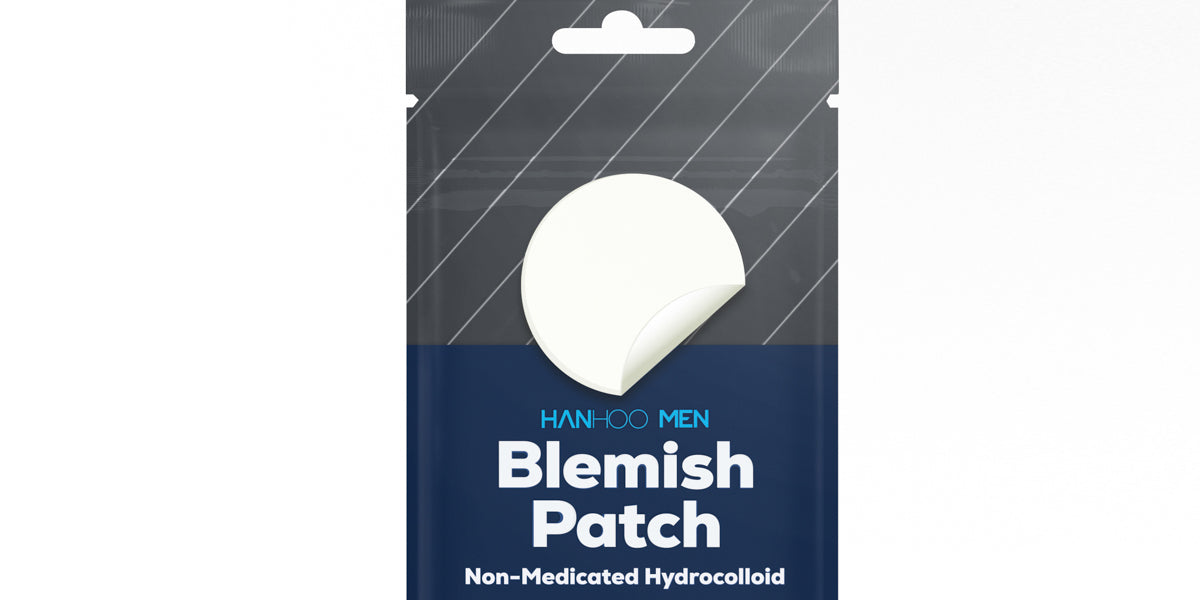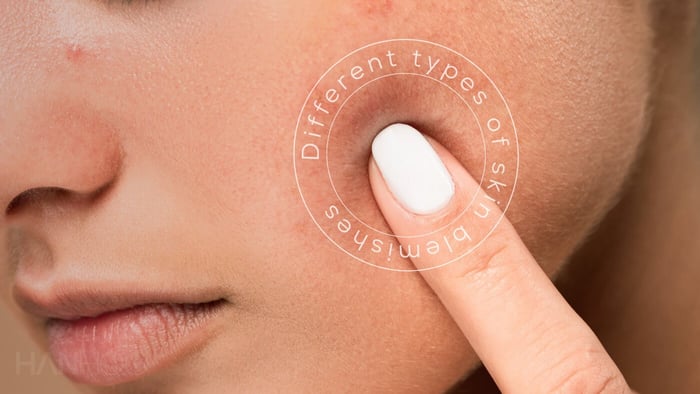While the current skincare trends revolve around the “glazed donut” look, for oily skin types it seems like the perfect trend. But, it’s also a bit difficult to rein in some of that extra oil so as to not look too shiny.
Oily skin types know all too well how difficult it can be to keep shine in check. Whether it's powders or blotting papers, lots of “solutions” seem to be pretty temporary. While they help in the moment, they aren’t great for the long term.
What does oily skin look like?
If you are unsure whether you fall under the oily skin classification, here’s a pretty simple test to determine your skin type:
- Wash and pat dry your face.
- Avoid applying any products for 30 minutes.
- After the 30 minutes are up observe your skin’s reaction.
If you find your skin is tight and dry, then you have dry skin. If it’s dry or normal in some places but oily in others (like the t-zone), then you have combination skin. And, if you find your face looking quite shiny overall, then you have oily skin.
There are a variety of different factors that affect oiliness of the skin. One such being genetics. So if your family tends to have oily skin then that is probably also why you have oily skin. Then there are hormonal factors. During your period, hormonal fluctuations contribute to an overproduction of sebum which can cause excess oil and breakouts.
So while you may want a solution to get rid of oily skin, it’s not really that simple especially since excess oil is caused by things out of our control. However, there are ways to help reduce oiliness and balance oil production.
Tips to Control Oiliness
1. Cleanse day and night
Most people tend to cleanse the skin only at night, but it may help to cleanse in the morning as well if you have oily skin. Sebum can build up during the night, contributing to an extra shiny appearance, and cleansing in the morning, especially with an exfoliating cleanser can help.
However, stick to a gentle cleanser to avoid over-stripping the skin. Strong cleansers can have the adverse effect of drying out the skin too much to the point where the skin feels the need to compensate and ends up producing even more oil.
2. Use a moisturizer for your skin type
Using a moisturizer that best suits your skin type can further help control oily skin shine. For instance, a super thick moisturizer would be better suited for dry skin types that need that extra moisture. But, oily skin types don’t need something as heavy.
When looking for a moisturizer for oilier skin, look for a lighter consistency, like a gel type texture. This type of moisturizer absorbs better, won’t leave any residue, and doesn’t sit on top of the skin.
Additionally, you’ll want to look for skincare ingredients that specifically help combat shine. Ingredients like Niacinamide and Green Tea help reduce sebum production and as a result also help reduce the appearance of acne breakouts (since there’s less oil that would otherwise clog up pores). Our Dermafix Moisturizer contains Green Tea and Calamine to help control excess shine and Aloe and Hyaluronic Acid to make sure the skin stays hydrated.
3. Add a toner to your routine
While toners have a variety of different functions, from soothing to hydrating to reducing sebum, oily skin types may benefit most from toners that help minimize shine.
Similar to moisturizers, oily skin types may benefit more from the type of toners meant to minimize sebum. Toners that help do this typically include such skincare ingredients like Salicylic Acid and Witch hazel both of which help reduce oil on the skin. Our Dermafix Toner contains Witch Hazel, Calamine, and Willow Bark Extract (natural, gentler version of Salicylic Acid) to help keep oil in check.
4. Exfoliate
Another common skin concern that usually accompanies oily skin is clogged and enlarged pores. When your skin overproduces sebum, that sebum can get trapped in pores along with dead skin cells, making them enlarged and more noticeable.
To help get rid of the gunk that gets trapped in pores use an exfoliant. Exfoliating ingredients like Salicylic Acid and Glycolic Acid get deep into pores to break down impurities, including excess oil.
But, make sure to not over do the exfoliating or you risk drying out and irritating the skin. Drying out skin can trigger the skin to produce even more oil and you’re back to square one. Best practice is to limit exfoliation to about once or twice a week.
5. Treat yourself to a weekly clay mask
Clay is pretty well known for being a sort of sponge for excess oil on the skin. Kaolin, Bentonite, and French clays help suck up sebum from pores to leave the skin looking a bit more matte.
Depending on your skin type, there are some clays that’ll work better for you. If you lean more on the sensitive side, Kaolin Clay is the safer choice since it is one of the more gentle clays for skin. If you are looking for some strong absorbency, Bentonite Clay is known for its ability to suck up oil and gunk from the skin. When combined with other exfoliating, oil-controlling ingredients, clay masks can help give your pores a deep clean to reduce shine.
In conclusion…
Having oily skin really isn’t all that bad. Sure you may not always want to look a bit greasy but excess oil actually ends up helping your skin in the long run. For one, your skin stays consistently moisturized (which is the whole point of sebum). And for another, since oil keeps the skin moisturized and looking smooth, oily skin types have fewer wrinkles.
All in all, when it comes to skincare for oily skin types try sticking to lighter products (oil-free too), and look for oil-balancing ingredients.

